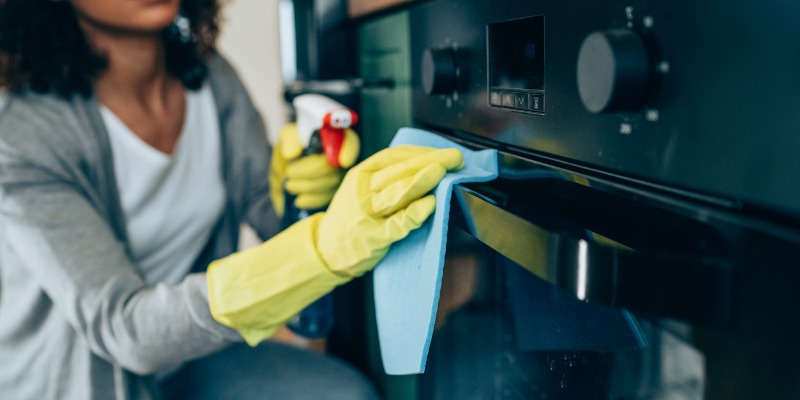
There is a direct link between indoor air pollution and health effects, making it essential that you understand the common causes of poor indoor air quality and work to improve it. Learning more about common indoor air pollutants and their sources along with the definition of poor indoor quality is the first step to improving the quality of your air in your home.
What Is Poor Air Quality?
The Air Quality Index (AQI) helps to determine the quality of air in your home and outdoors. The AQI looks at various pollutants in the air to evaluate them. If the AQI number in your home or outdoors is below 100, then it’s considered poor air quality.
1. Smoker in the Home
If you’re still smoking or someone in your home does, this is another reason to stop, or at least, go outside to smoke. Cigarette and cigar smoke introduces a wide range of chemicals into the air that reduces its quality.
2. Natural Gas Appliances
If your oven, water heater, and heating system run on natural gas, they can introduce contaminants into your home. These appliances use combustion to work, and the burning of gas releases small amounts of pollution into the air each time you use them.
Are you looking to speak with an HVAC expert? Contact the team at Ken Philp ClimateCare today!
3. HVAC System
When it comes to causes of indoor air pollution in your home, your HVAC system is the culprit in carrying pollutants throughout your home. Fortunately, you can also improve the situation with routine maintenance.
Your HVAC system works by drawing air into the system from your home, running it through an air filter, heating or cooling the air, and pushing it back out into your home through a duct system. Routine maintenance of the system that includes quarterly air filter changes and regular duct cleaning can reduce the pollutants it puts into your home’s air.
4. Common Household Products
You may find that some of your cleaning supplies or personal care items can be one of the causes of poor indoor air quality. If you use any spray cleaners or canned deodorants, they can spray because of gasses under pressure inside the can, which gets released when you spray it. Other household products might also contain pollutants and release them into the air when you use the product. It’s a good idea to check out the labels on the products coming into your home before using them.
5. Building Materials and Furniture
While asbestos might not be a concern unless you’re living in a much older home, there are other building materials, and even some furniture that can be a cause of poor indoor air quality. If you’ve recently had your floors redone, this could introduce new pollutants into your home whether it’s wood, tile, or carpet.
Also, some wood furniture and cabinets aren’t made with real wood but a blend of wood and other products. These other products can contribute to the causes of poor indoor air quality in your home.
Once you know the common causes of poor indoor air quality, you can begin to make changes to improve it. Ken Philp Climate Care can help with routine maintenance, including filter changes and duct cleaning for your HVAC systems. Reach out to us today to learn more.




